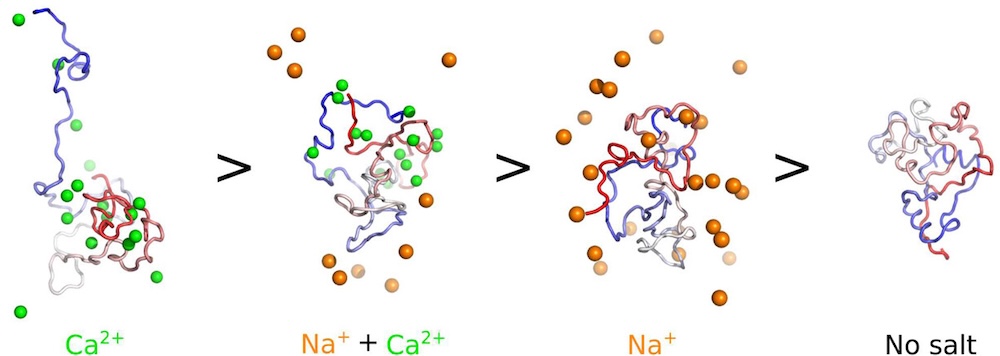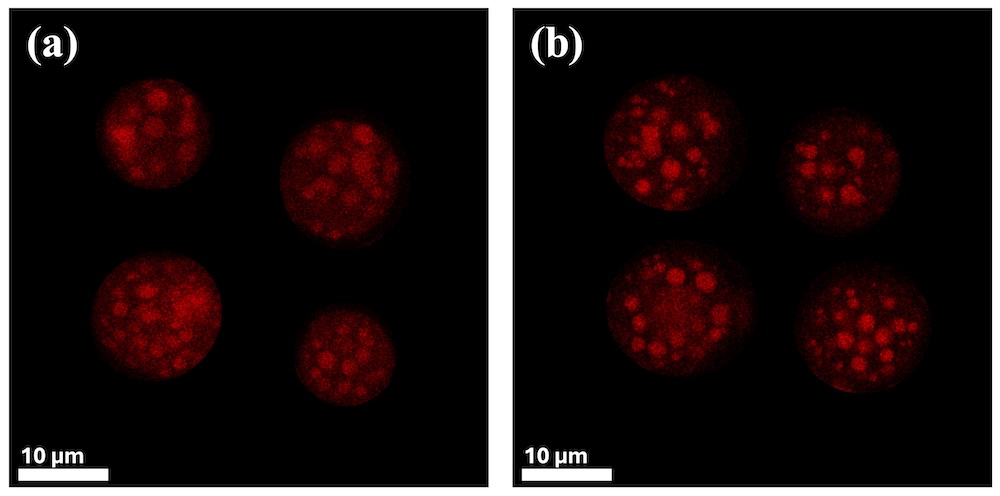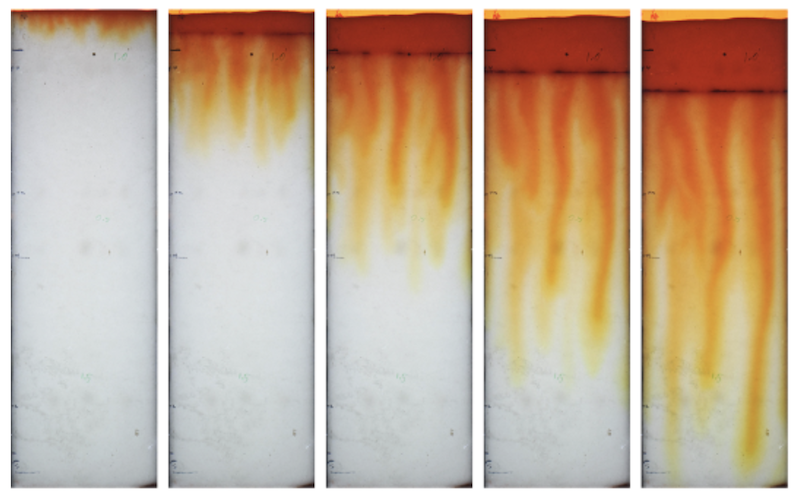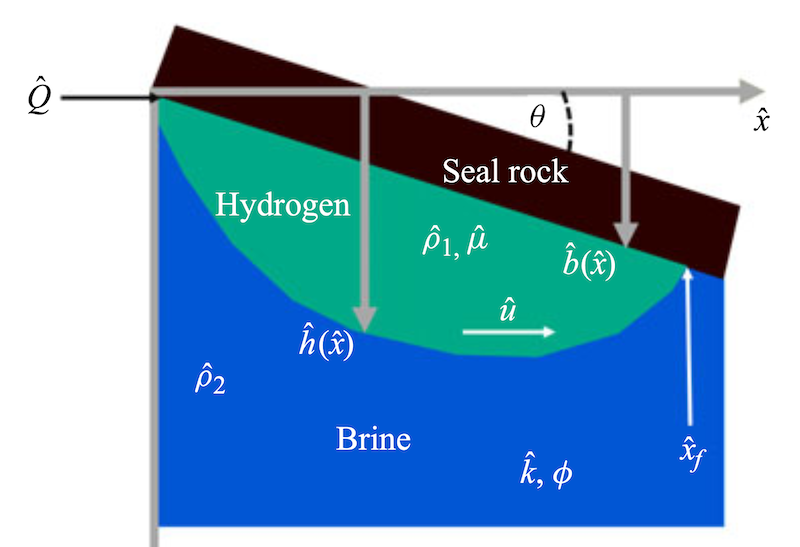Local ionic conditions conducive to Parkinson’s disease
Parkinson’s disease is linked to the aggregation of the intrinsically disordered protein α-synuclein (aSyn), but the precise triggers and mechanisms driving this process remain unclear. Local environmental factors, such as ion concentrations, can influence aSyn’s tendency to aggregate. A team of researchers including professor Alex Routh have explored how physiologically relevant ions, mainly Ca2+ and








